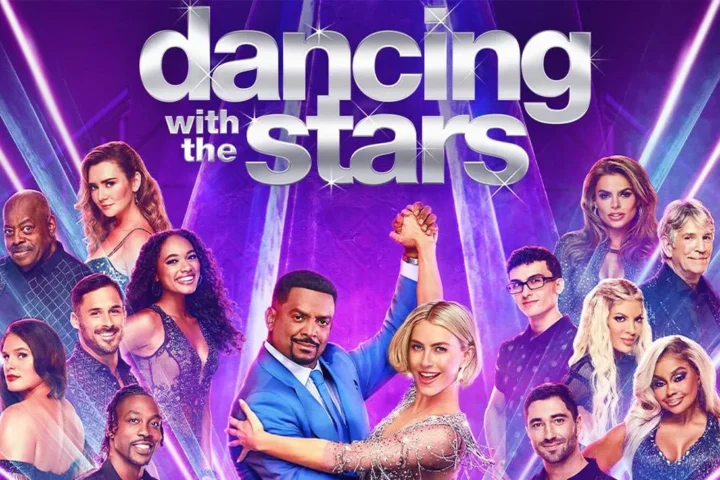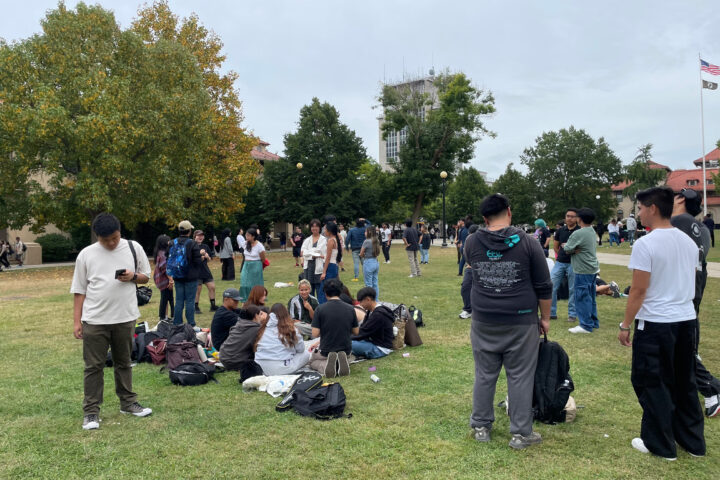On April 8th, transgender women were banned from participating in women sports by the National Association of Intercollegiate Athletics (NAIA). The NAIA is a collegiate sports league that has 241 member schools, most of which are private with relatively low enrollments.
Many anti-trans groups and individuals lobbied to ban transgender athletes, repeating that the competition wouldn’t be fair if there are cis women and transgender women competing together.
Others, on the other hand, question the correlation between biological factors and athletic performance, believing the biological questions to be a tool in furthering the discrimination against transgender athletes.
“A person’s genetic make-up and internal and external reproductive anatomy are not useful indicators of athletic performance,” said Dr. Joshua Safer, executive director of the Mount Sinai Center for Transgender Medicine and Surgery to the American Civil Liberties Union.
For several years, the rights of transgender people have been drastically reduced, as in Florida where anti-LGBTQ+ legislation has been extreme. Laws have made it difficult for many transgender adults to get treatment, banned gender-affirming care for minors, targeted drag shows, restricted discussion of personal pronouns in schools, and forced people to use certain bathrooms.
Critics have mentioned the normalization of transphobia present in the passing of the ban, stating that turning away transgender people from sports means sidelining them from society.
“This exclusion is very problematical, very biased, very disrespectful. There are no rationales here, biologically it doesn’t make any sense. For the ethics, every human being should be able to do sports,” said Red Washburn, director of Women’s and Gender Studies at Queens College.
This ban is based on the idea of protecting women, but perpetuates the notion that if transgender women athletes succeed in sports it’s because of their genetics, specifically, their masculinity, not their skill they worked for.
“For us, we believed our first responsibility was to create fairness and competition in the NAIA,” NAIA President Jim Carr told CBS Sports. “We also think it aligns with the reasons Title IX was created. You’re allowed to have separate but equal opportunities for women to compete.”
Many transgender people, however, found the ban to be not only for sports, but as a way to exclude them from society.
“In the US historically there have always been some groups that don’t want to give recognition to other groups, whether it’s gender or race. They don’t want us to sit at their table,” said Brooklyn Ross said, a transgender tennis player for the women’s tennis team of Lewis University in Illinois.
“They said we’re just concerned about women’s sport, but it’s the same people that are saying that women’s sport is a joke,” said Ross.
Banning transgender athletes from competition also removes visibility. For many transgender kids, it’s essential to have references and successful role models — just like anybody else.
“When I grew up, I had no vocabulary to express myself, there was no visibility of another transgender athlete. Being trans is an extremely powerful expression. Being trans is much more powerful than winning a competition,” said Ross.











